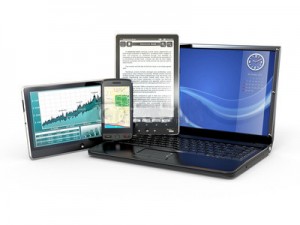
Health Care Management Overview
EMR reports can help assist management on deciding whether or not to add more staff. Nitin Chhoda shows managers how EMR can help uncover issues by providing reports based on the needs of the physical therapy practice.
 We don’t tend to think of health care practice management as all that different from any other kind of management.
We don’t tend to think of health care practice management as all that different from any other kind of management.
But it turns out that health care management has to adapt and change policies more quickly than almost any other field.
The business side of running a practice involves a complex billing structure, high regulation, and constant updates.
Health Care Management at its Most Basic
The most basic definition of health care management can be summed up as the role an office manager plays in a health care practice. An office manager must be aware of the tasks of every staff member; they should be able to re-assign tasks or jobs as necessary.
Often it is the health care management that keeps a practice running smoothly. A health care manager may simply be the person in the office who does not see patients or handle a easy-to-define work load, simply so that when problems arise, there is someone to take care of things.
Today, the health care management role has changed to include monitoring efficiency and making administrative changes. With the introduction of electronic medical records, electronic health records, and technology that can track financial indicators, improving efficiency is not only possible, it has been made much more simple.
Health care management is often in charge of deciding what kind of technology to invest in. Increasingly, this means conducting analysis on current systems and workflows.
The Future of Health Care Management
Health care management is not only changing in the way tasks are delegated, but it is also experiencing the same growth as every other aspect of health care. The health care industry is rapidly approaching a level of demand that has never been seen before, thanks to the baby boomers.
This means demand for skilled employees is going up, too. This is true of certified positions such as x-ray technicians and ultrasound tech, but it is also true for management positions.
As the industry becomes more and more streamlined and efficient due to technology, each added employee turns into a significant benefit to the practice. If demand for services is overwhelming, then the only way to increase capacity is to hire more staff. Health care managers have to analyze the benefit of added staff and then manage the integration of new team members.
Technology is Changing Everything
For health care management programs, technology improvements are both a blessing and a curse.
On the one hand, office managers have to be adaptive, tech savvy, and they have to know how to implement software improvements. On the other hand, the job is changing so fast that it can be hard to know what it means to be hired as the office manager.
With EMRs tracking the number of cancelled appointments that never get rescheduled as well as statistics on referrals and number of visits per patient, health care management is turning into a more technical job. Drawing up reports on efficiency can show health care management how much work needs to be done to reach the goals of the practice.




















